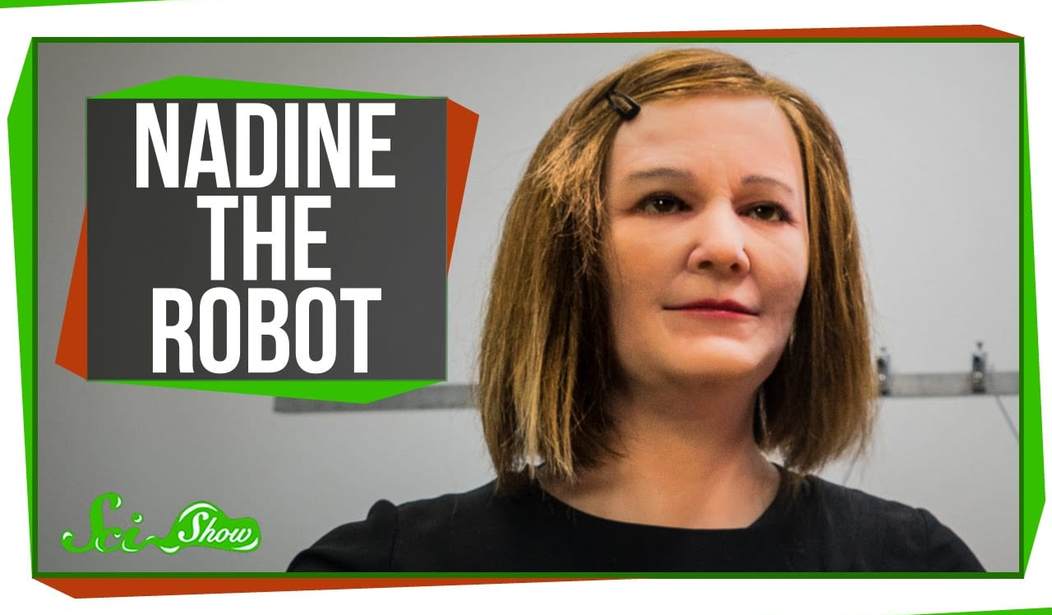Once upon a time, we worried about whether day care children were better off, or disadvantaged, compared to children with stay-at-home moms.
That debate is so last century.
This is the technology age. The debate will soon shift to virtual human companions in place of moms; robot companions for children (and the aging population) will soon be a reality.
If visions of R2-D2 flash through your mind in some far-away alternate universe, let me paint a more realistic picture of what life here on earth is evolving into.
Imagine a robot with soft skin, pretty, long brown hair pulled back in a barrette with eyes that recognize you and greet you by name. A virtual human who changes her mood appropriately for the conversation’s topic.
She’s here. Her name is Nadine, and she just landed a job at a major university as a receptionist. However, her creators want more for her and future generations.
According to Technology News and Trends, the Institute for Media Innovation is taking social technology to the next level—social robots.
As countries worldwide face challenges of an aging population, social robots can be one solution to address the shrinking workforce, become personal companions for children and the elderly at home, and even serve as a platform for healthcare services in future.
Over the past four years, our team at NTU have been fostering cross-disciplinary research in social robotics technologies — involving engineering, computer science, linguistics, psychology and other fields — to transform a virtual human, from within a computer, into a physical being that is able to observe and interact with other humans.
Social robots will one day free us up from the time-consuming tasks of companionship and caregiving.
How often do you interact with another person with a device separating you? Most often there is not only an electronic device, but even a website— or an app. Think about Snapchat, messaging on Facebook, or posts on Instagram. Of course, let’s not forget how many times we text message.
I’m an unashamed geek.
FaceTime alone has brought me closer to the people I love. We’ve built relationships with grandchildren we’ve never held and connected a great-grandmother with family states away, filling her lonely hospital room with smiles and comfort. Without reservation, these technologies have added immense value to my life, and to my family.
Social technology has clearly entered, and impacted, the culture in ways we never could have imagined a decade ago.
The problem with social technology is that while it connects— it also isolates. It can give the illusion of friends. It fills a need for interaction, but not connection.
We are social beings. We are hard-wired to connect. Our children need to see souls in the eyes of the people caring for them.
Would you use a robot as a playmate for your child?
Before you answer, you might want to consider just how readily, and often, you hand a toddler your iPhone to replace your face when you’re busy.









Join the conversation as a VIP Member